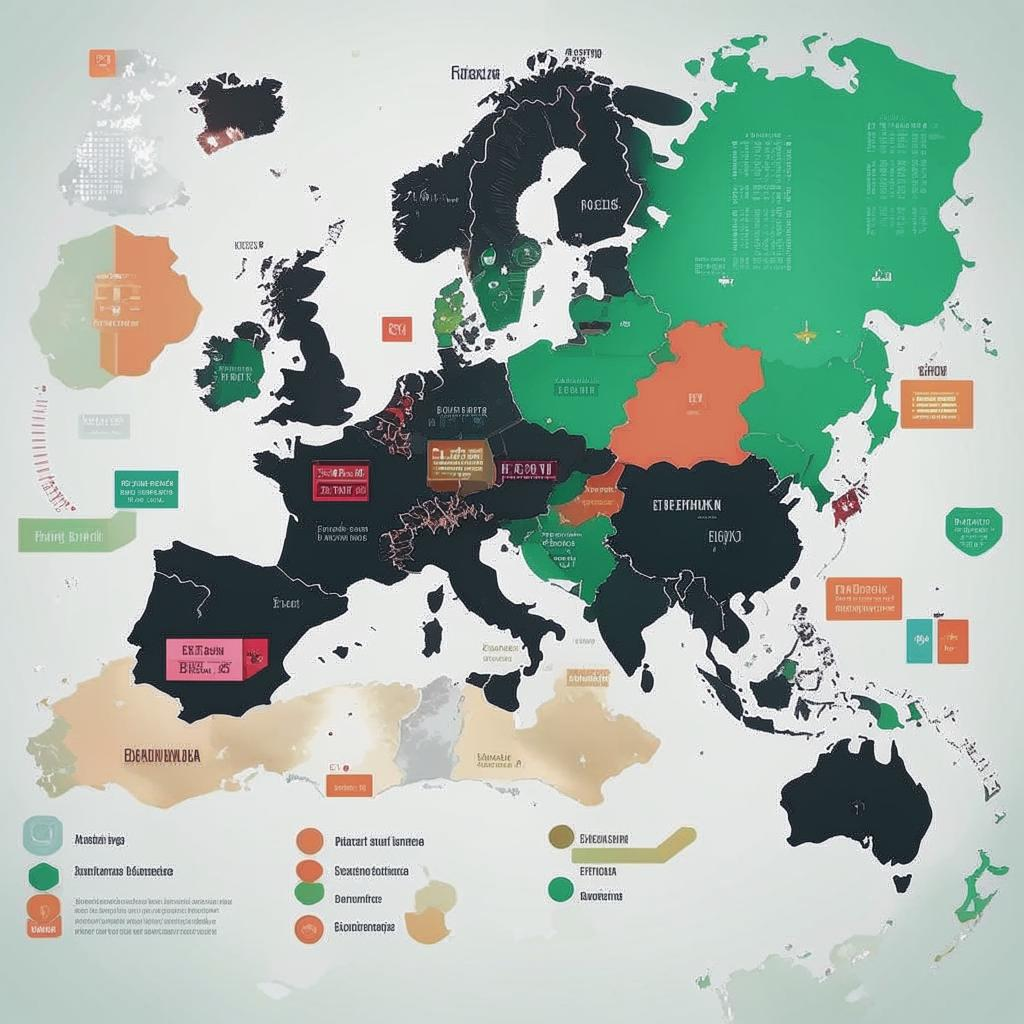Microlearning is revolutionizing how we learn, offering concise, focused content in easily digestible formats. Traditional training methods are giving way to these short bursts of information, catering to shorter attention spans and busier schedules. This approach utilizes videos, infographics, quizzes, and interactive modules to deliver targeted knowledge.
The benefits are numerous. Microlearning boosts engagement, as learners are more likely to complete short activities than lengthy courses. It enhances knowledge retention because information is presented in focused segments, making it easier to process and remember. Furthermore, it allows for personalized learning experiences, providing content tailored to individual needs and skill gaps. The flexibility of microlearning means individuals can learn at their own pace, anytime, anywhere, using mobile devices.
Businesses are adopting microlearning for employee training, onboarding, and skill development. Educational institutions are also integrating it into curricula to supplement traditional lectures.
While microlearning is not a replacement for in-depth learning, it provides value in reinforcing existing knowledge and introducing new topics. Key to success is aligning microlearning modules with learning objectives and providing opportunities for practice and feedback. The future of learning is likely a blend of traditional and microlearning methods, where knowledge can be easily acquired, retained, and applied. As technology continues to evolve, so too will the formats and delivery of microlearning, solidifying its place in education and professional development.












